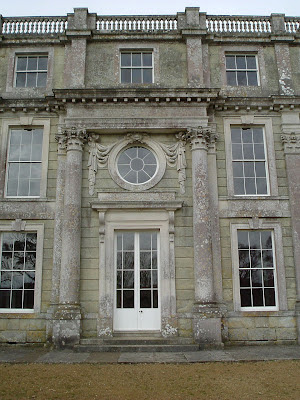 |
| Red Squirrel. Photo courtesy of British Wildlife Centre |
Whilst on holiday on the Isle
of Wight , I was lucky enough to see not one, but two, red
squirrels. Granted, they aren't the brightest creatures on the planet (the
first one ran alongside the car trying to outpace it, rather than escape up a
tree!) but they win hands down in the cute stakes.
Sadly, red squirrels are becoming a rare
sight in the UK
Zoophagy
is the pursuit of eating animal flesh - and the more unusual the better.
 |
| Doctor Frank Buckland. |
What
the label actually said was:
'This
lotion to be applied externally only.'
However the nurses' reply was:
Two
spoonfuls to be taken four times a day.'
Buckland eventually gave up his medical
career to pursue his love of natural history, and became an expert in fish
production. However, he took it as his personal mission to broaden the
traditional 'roast beef' diet of the British and was a pioneer of zoophagy.
Buckland regularly dined on delicacies such as mice in batter, horse tongue,
squirrel pie and stewed mole (the latter reportedly tasted like
"poo".) Indeed, Buckland had friends at the Royal Zoological
Gardens (now London Zoo) who contacted him when an animal died, in case he
wanted to eat it!
 |
| Non-native grey squirrel. Photo courtesy of Brian Marshall. |
"Elderly
maidens called their cats indoors."
It was to broaden his dining options that
Buckland came to import the grey squirrel form North
America , with the subsequent disastrous decimation of our native
red squirrels.
 |
| Distribution of red vs grey squirrels in the past 70 years. Courtesy of British Red Squirrel Society. |
As a vegetarian myself, researching this
post set me thinking about what makes some meats acceptable to eat, and others
repulsive. What is your opinion? Why should it be OK to eat lamb or chicken, but we squirm at the idea of mole or parrot?
Photo courtesy of British Wildlife Centre













_-_North_West_Angle_by_JM_Gandy.jpg)













